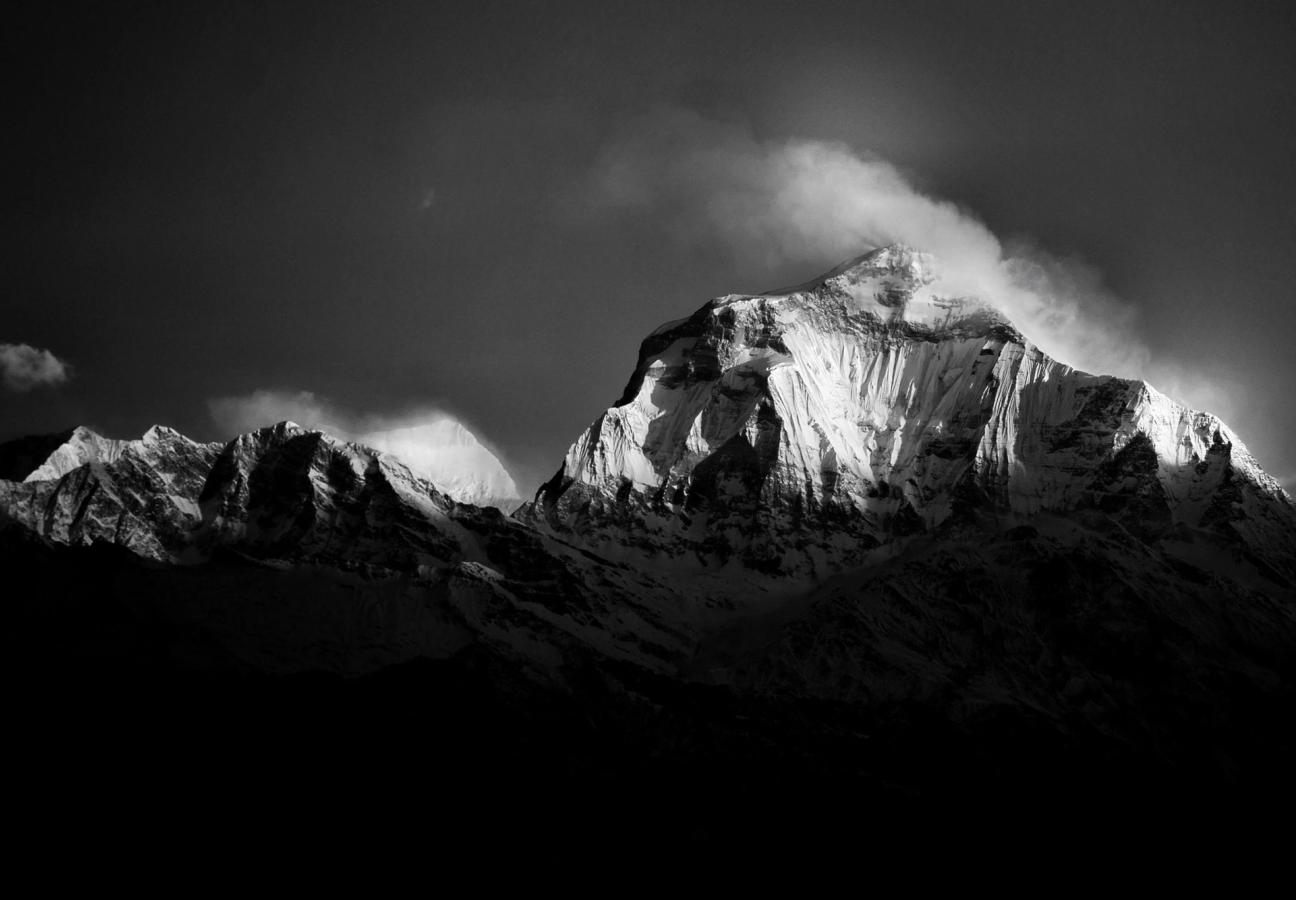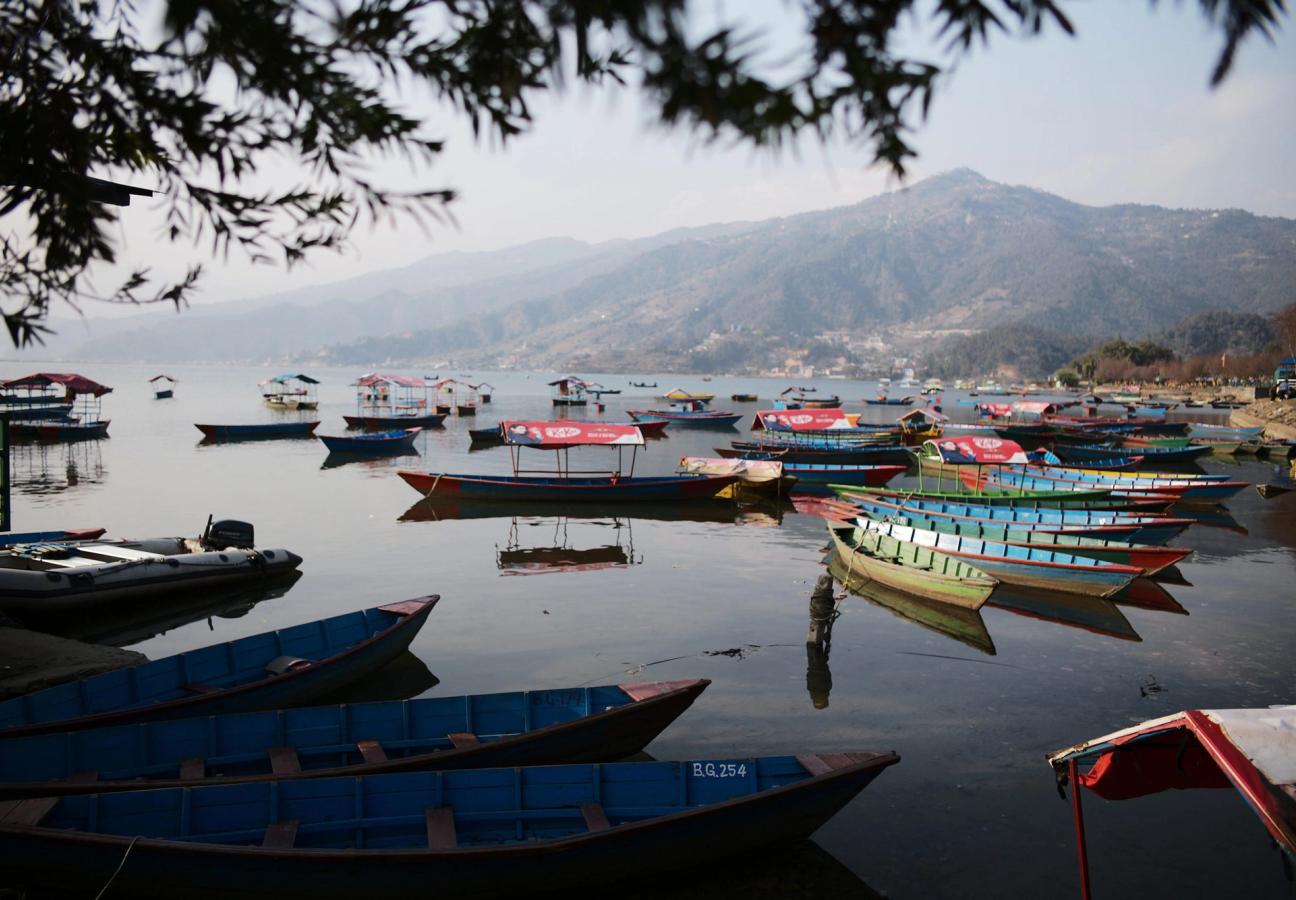

Words: Levison Wood
Right now, given the current global pandemic, the thought of cramming yourself in a lecture theatre with 900 very well-travelled people is probably not so appealing. However, last month, before the shut-downs and hysteria began, I found myself in that exact position – having been given the honour of speaking at an event for the Tusk Trust at the Emmanuel Centre in London.
My old mate and fellow explorer Ash Bhardwaj joined me in hosting a very jolly evening which aimed to raise awareness and funds for the conservation of African wildlife. My part in the evening was informed by an expedition I took last summer, following the migration of a herd of elephants across Botswana in a bid to learn some of the complexities of their behaviour for an upcoming television documentary, aptly named Walking with Elephants, for Channel 4.

After an evening of discussion, and some excellent questions from the crowd, it was time for an auction. I brought along a black and white print of a magnificent bull elephant I had taken in the sublime Okavango delta. The auction got off to a feisty start, with bids coming in thick and fast. Despite the risk of infection, everyone seemed content that they were there for a good cause, and as the price soared past £2,500 I wasn’t entirely sure if the sneezing had anything to do with coronavirus or was just a frenzied outburst of generosity.
Either way there appeared to be three very determined bidders, and as we neared £3,000 for the photo, Ash had the quick witted idea to ask if the contenders would be happy taking one each, trebling the donations in one fell swoop. Terrible auction etiquette it may have been, but all’s well that ends well, and the night raised over £26,000 for charity – later doubled as part of the UK’s DFID aid match programme. All that was left to do was toast the evening with a few bottles of ethanol and some complimentary hand sanitiser.
Suitably buoyed and disinfected, the next day I boarded an early flight to Kathmandu unpleasantly hungover but excited about the photography opportunities the trip would bring. I was joining some old army colleagues who have set up a organisation called PhotoJourney, which takes groups of budding photographers to interesting places to learn and develop their trade. They’d kindly asked me to come along and give a masterclass in documentary photography. Never one to turn down a free trip to Nepal, which is up there as one of my favourite destinations, I landed in the glorious mountain country and was immediately reminded of my proximity to China. The bustling streets of Kathmandu were filled with locals wearing white face masks. Tourist numbers were down hugely and there was a gloomy sense of despondency among the normally excitable Nepalese, who blamed an over-cautious media for the knock to the economy.
After a short and very bumpy flight along the southern edge of the Himalayas to Pokhara, I met the team. They were a great group with a varied mix of professions; some with decades of photographic experience and lots of very expensive camera equipment while others were newbies with only an iPhone, but eager to learn. I was armed with the brilliant brand-new Leica SL2. (Leica was very generous to loan me one, which was surprising given the number of its cameras I’ve managed to kill over the years. The last one was whacked from my possession by an Amazonian pink river dolphin, but that’s another story…)

Anyway, off we went, roaming the chaotic streets and jostling with holy cows and water buffalos along the edge of the Phewa Lake, in the shadow of Fishtail mountain, testing our equipment and capabilities. I’ve been taking photographs professionally for ten years or so, and yet I learned so much new stuff by spending time with other likeminded individuals in a spectacular environment. In between my shutter shufflings there was a bit of down time to hang out with the locals and I enjoyed a wonderful reunion with my longtime Nepali friend Binod Pariyar, who guided me five years ago on my Walking the Himalayas expedition.
His take on the corona pandemic was quite simple: “If you eat bats, dogs and rats, you’re going to get ill.” Perhaps he’s right. If there’s anything positive to come out of the whole situation it’s that China has finally started to take its responsibility seriously. It’s banned the trade of wildlife parts and begun encouraging people to stop thinking that bits of rhino, elephant and other endangered species are some sort of magical potion. It’s a big cultural shift but, from a conservationist’s point of view, an essential one.
If you’ve always fancied your hand at photography my advice would be to get a camera and get out there and practice. I would never have guessed when I began my own photographic journey that I could use it to raise money for one of my favourite charities and be in a position to teach and inspire others to do the same. They say a picture paints a thousand words, but it can also be worth a few thousand quid, and I really hope that picture might help save a few thousand elephants too. Just don’t forget to wash your hands.
Levison Wood takes to the skies…
Join the Gentleman’s Journal Clubhouse here.


